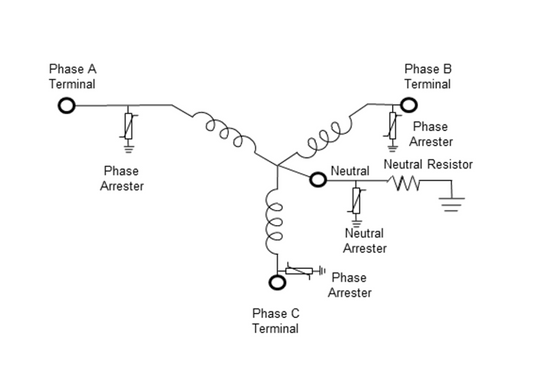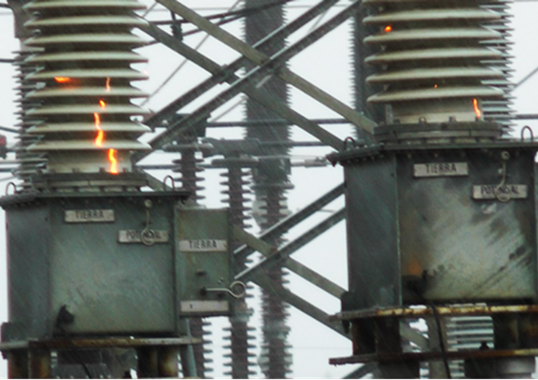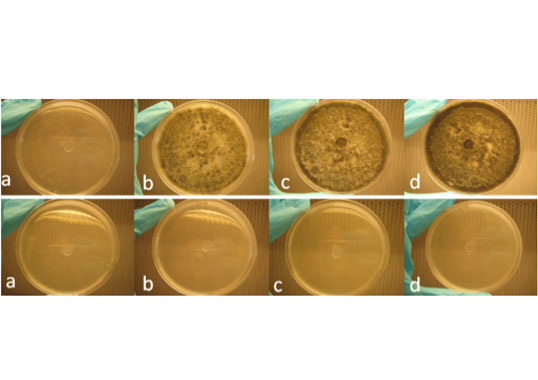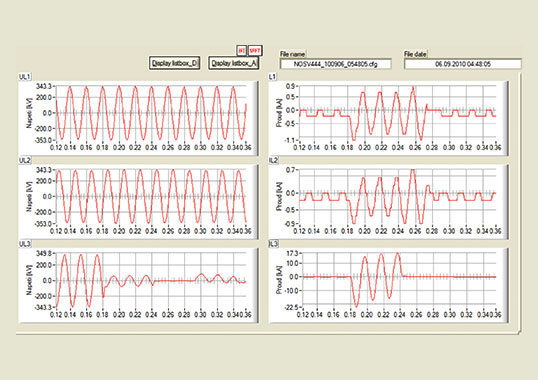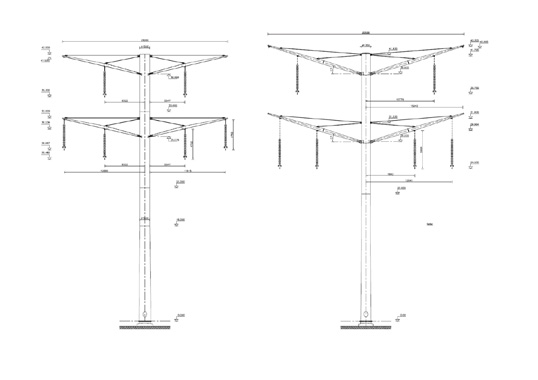[inline_ad_block]
The Netherlands has among the most reliable power systems in the world, with average customer availability of 99.999%. Yet, as impressive as this statistic is, the country has still experienced major power disruptions that also carried global ramifications. For example, a problem at a 380 kV substation in the town of Diemen a few years ago caused a partial shutdown and a million people in North Holland lost power. So did large parts of the Dutch railway network as well as Amsterdam Schiphol – one of Europe’s busiest airports and travel hubs. Although transmission system operator, TenneT, and regional network operator, Liander, had the substation back online in an hour and restored power to all affected customers within four hours, the impact on travel lasted much longer and generated international headlines.
Grid operators have a number of available strategies to minimize risk of major power outages such as this. These include implementing effective maintenance, ensuring proper operating procedures are always followed, planning their asset management and ensuring that grid components have been certified by independent testing organizations. The fact that this was the first such incident in the Netherlands since 1997 demonstrated forcefully that even the most reliable power systems are susceptible to problems. Moreover, when such failures do occur, they provide a unique opportunity for everyone involved to identify root causes and take whatever steps are necessary to avoid repetition. This is why every serious interruption to electricity supply must be followed up with an investigation to better understand future risks and assess alternative mitigating measures. In the case of this incident, for example, DNV GL was engaged as independent investigator. Using third parties to investigate power failures is widely regarded as best practice for two reasons: first, an external company offering this service usually has engineers experienced in this field and therefore offers skills that utilities and grid operators usually do not have in house; second, it ensures an independent fact base is available for any disputes or litigation.
Compared to other industries, failure investigation is still relatively new to the world of transmission and distribution. While DNV GL has been offering such a service to power companies now for about 20 years, by comparison thousands of failures in the oil & gas sector have already been investigated, including the Deepwater Horizon incident in the Gulf of Mexico. That investigation led to procedural, cultural and regulatory changes to make the industry safer, including greater regulation, more proactive risk management, training for senior management and deployment of new technologies.
There are many possible causes behind a power outage, such as faulty or ageing equipment or mistakes made during installation, operation or maintenance. Investigators must therefore consider all of them early on and keep an open mind. Focusing initially on only one potential cause can lead to important evidence being overlooked. Moreover, each investigation must ‘drill deep’ beyond the technical cause of the failure to also uncover underlying factors. A blackout could be due to ageing equipment that eventually failed. But why was that component allowed to age to such a point? Or was it a quality control problem during manufacture or an issue with how it was installed, maintained or monitored? And, if a quality control issue, was this a ‘one-off’ oversight or evidence of an endemic problem? Uncovering such a root cause of failure requires a broad mix of capabilities. An investigation could include visual inspection and laboratory teardowns of failed equipment, interviews with affected staff, measurements from protection equipment, analysis of grid conditions and chemical analysis of metals. It is also important that investigators are on scene as soon as possible to ensure no evidence is lost. Once all evidence has been gathered, expert analysis can build a logical timeline of events and pinpoint the root cause of failure. Grid operators and external consultants can then design and implement a plan of action to prevent re-occurrence.
DNV GL has begun working with some grid operators to build a database of failures. The aim was to analyse them in order to identify the most common problems and root causes of failure with any particular network component. This will help operators identify any technical or even cultural issues in their organization before they result in a failure. Looking further ahead, more comprehensive such databases will one day allow failures to be analysed across the power supply industry to identify the critical warning signs of imminent failure. Grid operators can then undertake preventative measures in a timely way. Of course, the effectiveness of this approach – like the future reliability of all power grids – will depend on thorough and prompt investigations of failures.



